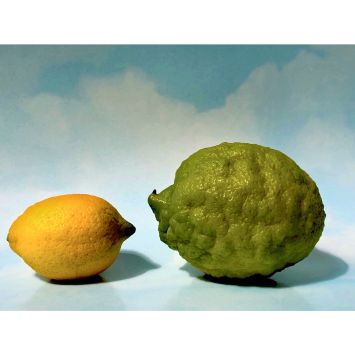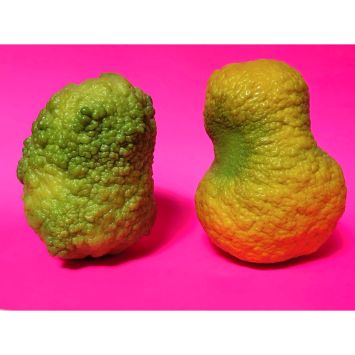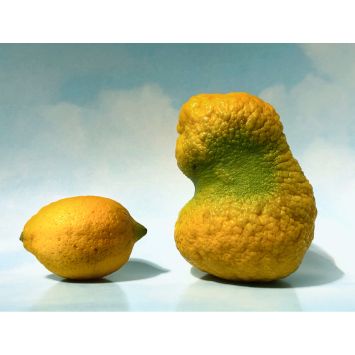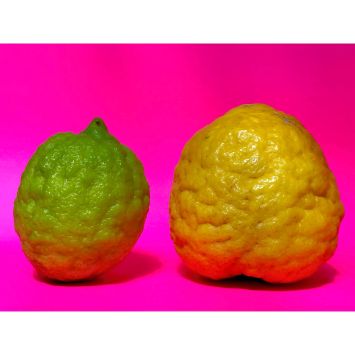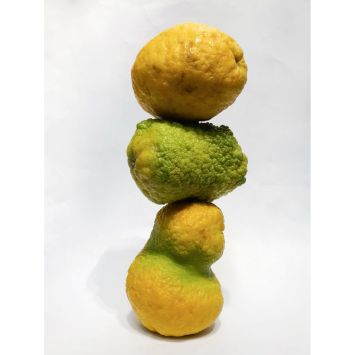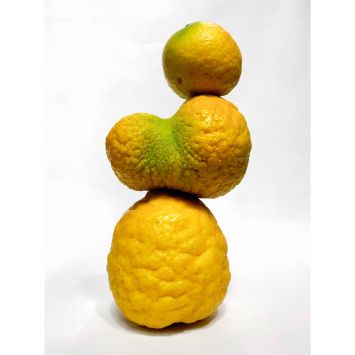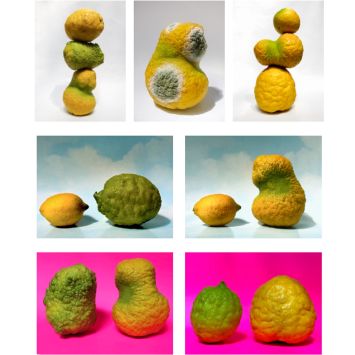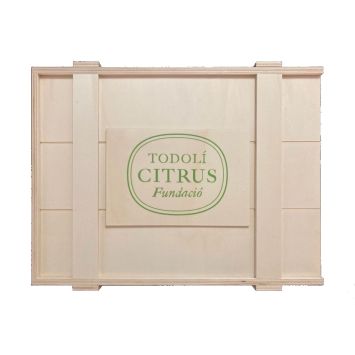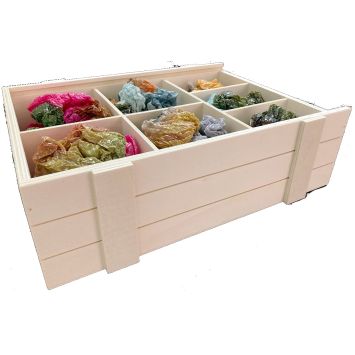ADN – DNA by Miralda for Todolí Citrus Fundació
This project, created by artist Antoni Miralda, has been made possible thanks to the generosity of both the artist himself and the gallerist Moisés Pérez de Albéniz — the former as author of the work and the latter as the sponsor responsible for its production. Together, they have materialized this edition as a gift to Todolí Citrus Fundació.
It is a work conceived for direct sale through the Foundation, all income will be dedicated to supporting its research, educational, and outreach activities.
Miralda (Terrassa, 1942) is a multidisciplinary artist and arguably one of the most versatile and imaginative figures of the Spanish avant-garde over the past fifty years. He lives and works between Miami and Barcelona. His projects often maintain a strong connection to gastronomy, food, ingredients, and the social act of eating. Each one emerges from deep research and develops over long periods of time, involving numerous collaborators and the participation of the audience itself.
ADN–DNA originated in 2020, during the months of lockdown caused by the COVID-19 pandemic, when Vicente Todolí, President and Founder of Todolí Citrus Fundació, decided to send some friends boxes filled with a selection of citrus fruits from El Bartolí botanical orchard, the Foundation’s headquarters — a gesture meant to bring closeness and comfort during those difficult times.
Among the recipients of those boxes were Miralda and Montse Guillén. She used the citrus fruits to make marmalades and liqueurs, while Miralda created and documented a series of “choreographies.” Playing with the fruits, he built totems and other sculptural forms. These still lifes were then photographed and printed on tissue paper.
To put this gesture in context: around the mid-19th century, exporters began wrapping individual oranges in tissue paper for shipping, a practice that allowed them to sell the fruit by the piece at higher prices. The paper served to protect and conceal imperfections in the peel, while also preventing the spread of rot caused by fungal spores from one fruit to another.
By the early 20th century, only a few oranges at the top of each box were wrapped — now serving a decorative function, as tissue paper became a marketing tool printed with the exporter’s logo, turning it into a mark of quality.
In the creation of ADN–DNA, each sheet of tissue paper printed with citrus photographs is individually crumpled by the artist. Through this performative act, Miralda transforms them into balls, evoking those wrapped oranges once shipped in boxes. This gesture becomes his signature — his personal imprint on each piece.
The project comprises 15 editions, plus 6 Artist’s Proofs (A.P.) and 2 Hors de Commerce (H.C.), each containing seven artworks presented rolled up as balls inside a poplar wood box.
The viewer — or in this case, the recipient — is invited to unfold the piece, revealing the fruit within and restoring the tissue paper to its original size of 62 × 88 cm. However, it is up to each owner whether to unroll and frame it, or to preserve it inside its box, as received.
As the paper is carefully unfolded, the wrinkles it retains gradually reveal a texture reminiscent of citrus skin, giving the work a subtle, tactile three-dimensional quality.
Each piece is numbered and stamped with a seal designed specifically for this edition. The complete edition is accompanied by a certificate issued by the Galería Moisés Pérez de Albéniz, jointly signed by Miralda and Vicente Todolí, as representative of Todolí Citrus Fundació.
For more information, please contact us.

